
Best Earth Images of the Week - March 22, 2013
The road less travelled
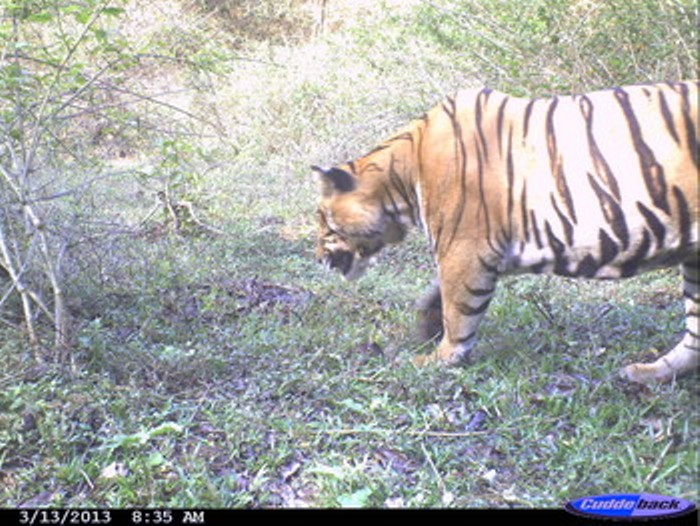
A camera trap has captured photos of two healthy tigers using a protected corridor in the Kerala province of southwest India this year, evidence that the pathway could help populations of the endangered animals.
The first photo shows an adult male tiger in very good health that has just preyed upon a gaur, also known as an Indian bison, according to a release from the World Land Trust, which funded the creation of the protected area. The camera trap spotted another adult tiger, also in good health, earlier in the year.
[Full Story: Cameras Capture Tigers Trekking Through Wildlife Corridor]
Big Hop for amphibian conservation
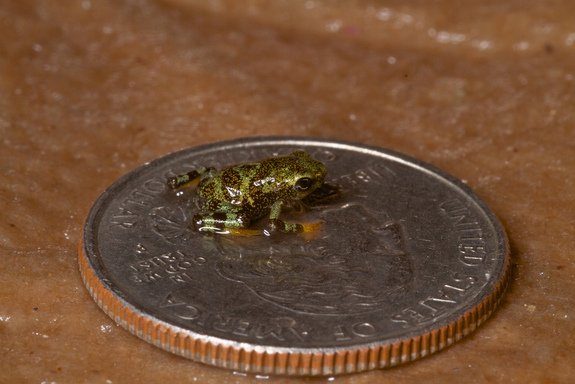
Several teeny-tiny frogs, one big hop for amphibian conservation.
Scientists have successfully bred a certain type of endangered Panamanian amphibian the limosa harlequin frog for the first time. The development is key because populations of the itty-bitty frog, which is smaller than a quarter as a baby, are declining in its native country.
[Full Story: Itsy-Bitsy Endangered Frog Bred in Bid to Save Species]
Images of home
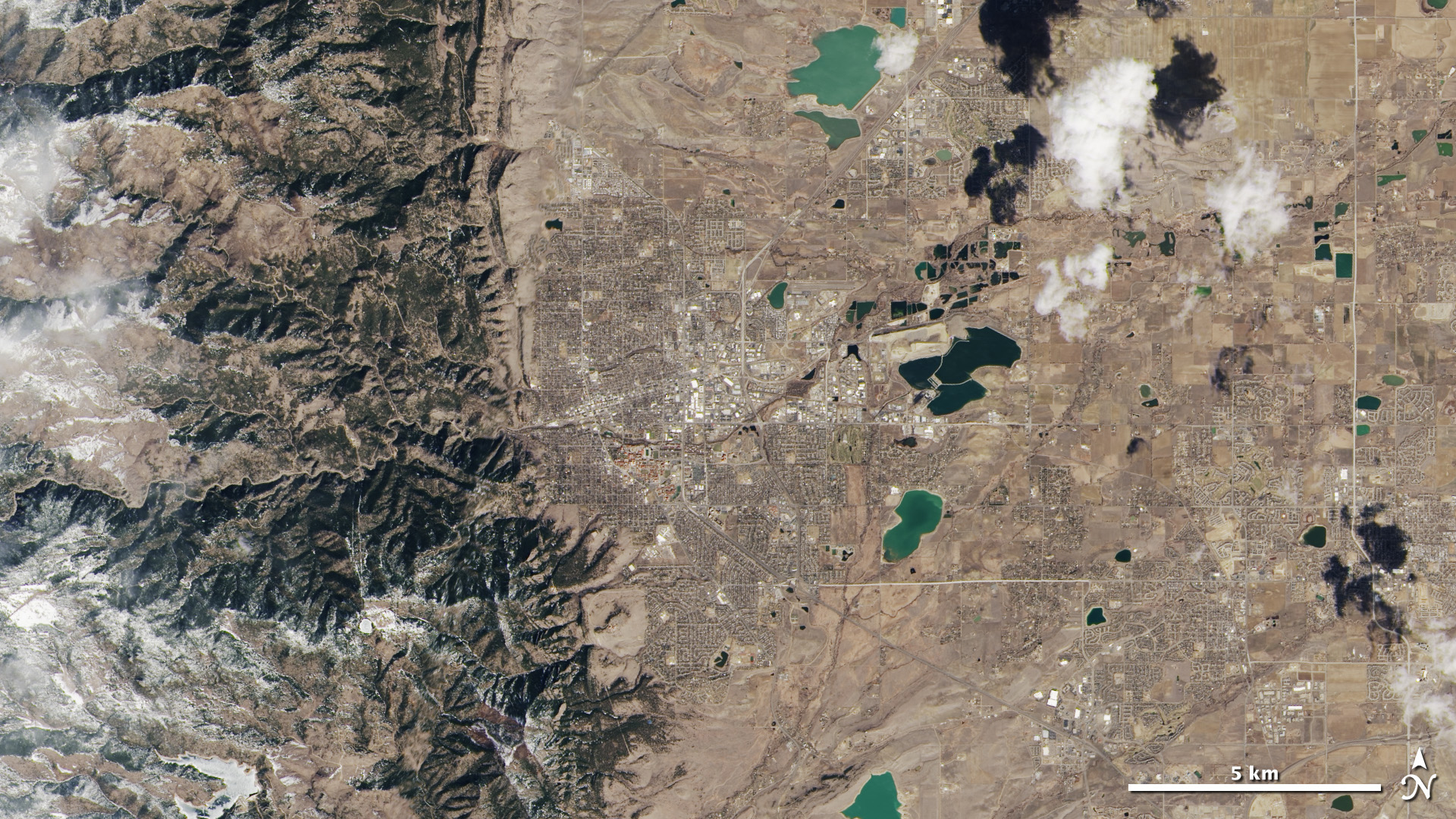
NASA's latest Earth-observation satellite has snapped its first photos, continuing a four-decade effort by numerous spacecraft to track environmental change and resource use across the planet.
The Landsat Data Continuity Mission (LDCM), which launched Feb. 11, captured a series of images of the United States' Great Plains and Rocky Mountain region on Monday (March 18) using both of its onboard instruments.
[Full Story: Powerful New Earth-Observation Satellite Snaps 1st Photos]
New finds
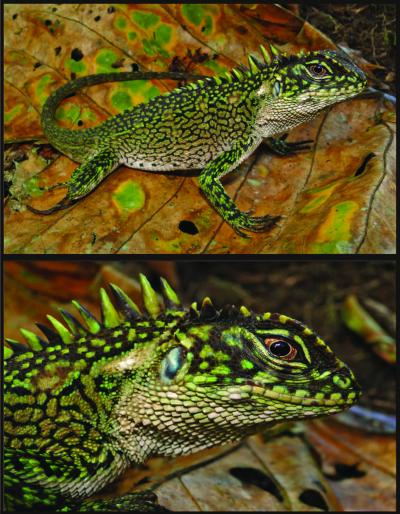
Two new colorful species of lizards have been discovered in the Peruvian rain forest, in a little-explored section of the Andes Mountains in the northeast of the country.
Both species of lizards sport colorful splotches of green and brown that allow them to blend into the mountain rain forests they call home.
[Full Story: 2 New Lizard Species Discovered in Peru]
Earth as art
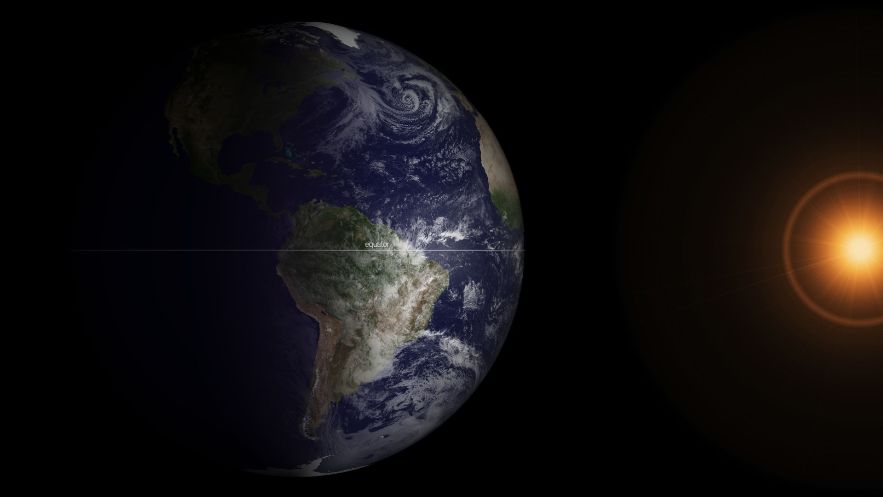
It's that time of year again: the first day of spring.
On this special date, the length of the day and night are about the same for most of the planet. The amount of solar energy delivered to the Northern and Southern Hemisphere is also equal.
[Full Story: What the Spring Equinox Looks Like from Space]
Happy blowout day
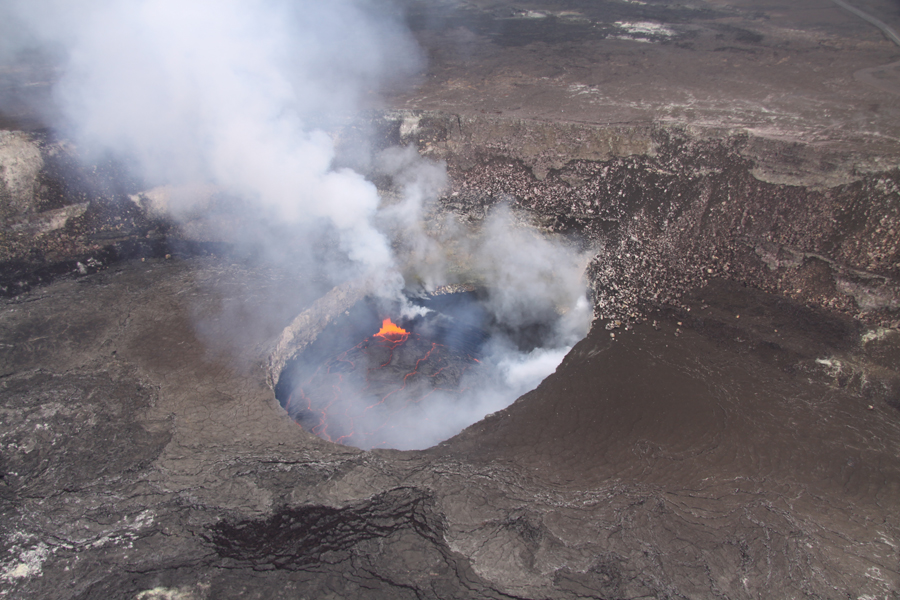
On this day in 2008, molten lava blasted through the summit of Kilauea volcano at 2:58 a.m. Hawaii time.
The blowout built a lava lake in Halema'uma'u crater, itself the remnant of a past explosion. After five years of close study, scientists think the lake is like no other place on Earth. The lava is as light as water. The lake level rises and falls by the minute, the hour, the month. Watchers who study the pit's "breathing" can forecast coming eruptions, because the gaping hole is a direct conduit into Kilauea's magma reserves.
[Full Story: Mighty Hawaiian Volcano's Blowout Turns 5]
New views

Those unwilling to face the altitude sickness, crevasses and avalanches of Mount Everest can still explore the world's highest mountain from home.
Google Maps has unveiled stunning, panoramic imagery from some of the highest, most remote places on Earth, including the 18,192-foot-high (5,545 meters) Mount Everest base camp. (Everest's peak is at an altitude of 29,035 feet, or 8,850 meters)
[Full Story: Google Maps Unveils Views of Everest]
Get the world’s most fascinating discoveries delivered straight to your inbox.
Underwater grave boasts new life
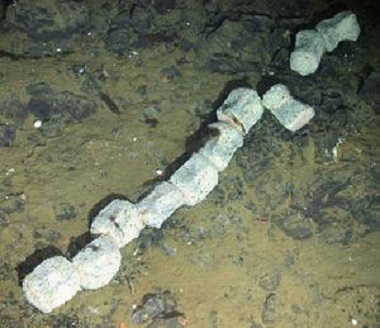
For the first time ever, scientists say they have discovered a whale skeleton on the ocean floor near Antarctica. Resting nearly a mile below the surface, the boneyard is teeming with strange life, including at least nine new species of tiny of deep-sea creatures, according to a new study.
Though whales naturally sink to the ocean floor when they die, it's extremely rare for scientists to come across these final resting places, known as "whale falls." Discovering one typically requires a remote-controlled undersea vehicle and some luck.
[Full Story: Antarctic's First-Ever Whale Skeleton Found]
 Live Science Plus
Live Science Plus






